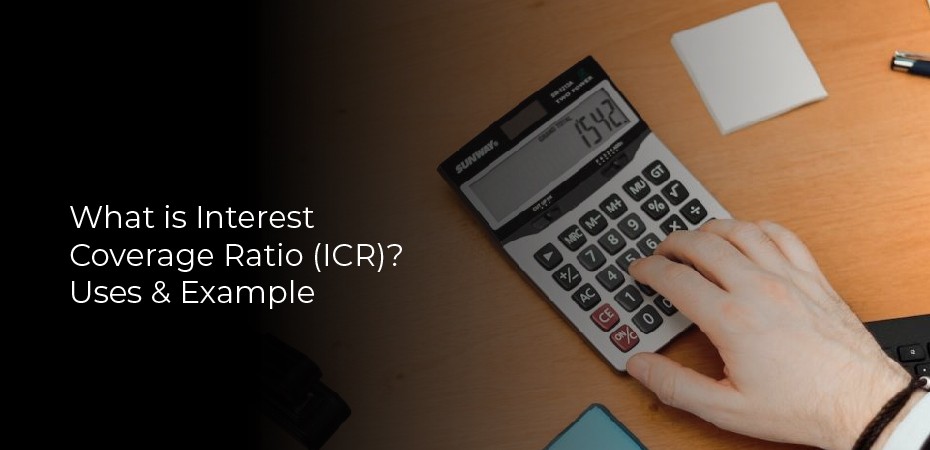The interest coverage ratio (ICR) is used to measure a company’s ability to pay its debts. The ratio is calculated by dividing a company’s earnings before interest and taxes (EBIT) by the company’s interest expense. This gives you the number of times a company could theoretically pay its interest expense if it used all of its earnings. A higher ICR means that the company is in a better position to repay its debt.
There are a few things that you should keep in mind when looking at a company’s ICR. First, the ICR can be affected by changes in income and expenses. For example, if a company has a particularly bad year, its ICR will go down even if there has been no change in its ability to pay back its debt.
Interest Coverage Ratio Formula
The interest coverage ratio formula is a calculation that measures a company’s ability to pay its debt obligations. The ratio is calculated by dividing a company’s earnings before interest and taxes (EBIT) by its interest expense. The result is expressed a number of times. A higher number indicates that the company has more cushion to cover its debt payments.
A lower number, on the other hand, may signal that the company is having difficulty meeting its debt obligations.
The interest coverage ratio formula can be used to assess a company’s overall financial health and stability. It can also be used to compare two companies in order to see which one is more financially sound.
Interest Coverage Ratio= EBIT/Interest Expense
Where:
EBIT=Earnings before interest and taxes
Interest Coverage Ratio Example
The interest coverage ratio, also known as the time’s interest earned ratio, is a financial metric used to measure a company’s ability to pay its debts. The ratio is calculated by dividing a company’s operating income by its interest expenses.
A high-interest coverage ratio indicates that a company is able to generate enough income to cover its debt payments. A low-interest coverage ratio could indicate that a company is struggling to meet its debt obligations and may be at risk of defaulting on its loans.
Example: Company A has an interest coverage ratio of 10. This means that the company’s operating income is 10 times greater than its annual interest expense. Company B has an interest coverage ratio of 2. This means that the company’s operating income is only 2 times greater than its annual interest expense.
Interpretation of Interest Coverage Ratio
An interest coverage ratio is a financial metric used to measure a company’s ability to pay interest on its outstanding debt. The ratio is calculated by dividing a company’s earnings before interest and taxes (EBIT) by its interest expenses.
The interest coverage ratio can provide investors with a sense of how risky it is to invest in a company. A high-interest coverage ratio means that the company is generating enough income to cover its debt payments, while a low-interest coverage ratio could signal that the company is struggling to make debt payments.
Investors should use caution when interpreting the interest coverage ratio, as it is not always indicative of a company’s financial health. For example, a company with high revenue but high costs may have a low-interest coverage ratio. Likewise, a company with low revenue but low costs may have a high-interest coverage ratio.
Primary Uses of Interest Coverage Ratio
An interest coverage ratio is a common tool used by business owners and investors to measure a company’s ability to pay its debt. Essentially, it is calculated by dividing a company’s earnings before interest and taxes (EBIT) by its interest expenses. This metric can be used to assess both the current and future health of a company.
A high-interest coverage ratio indicates that a company is generating more than enough income to cover its debt payments. This suggests that the company is in good financial shape and can easily meet its obligations. A low-interest coverage ratio, on the other hand, may signal that the company is struggling to make ends meet. It could also be an indication that the company’s debt levels are too high and it may not be able to repay its loans as scheduled.
There are several primary uses of the interest coverage ratio:
1) To assess a company’s risk profile: A high-interest coverage ratio indicates that the company is in a strong financial position and is less risky. A low-interest coverage ratio indicates that the company may be struggling financially and is riskier.
2) To assess a company’s ability to repay its debt: A high-interest coverage ratio means that the company has more than enough income to cover its annual interest payments. This indicates that the company is in a good position to repay its debt.



